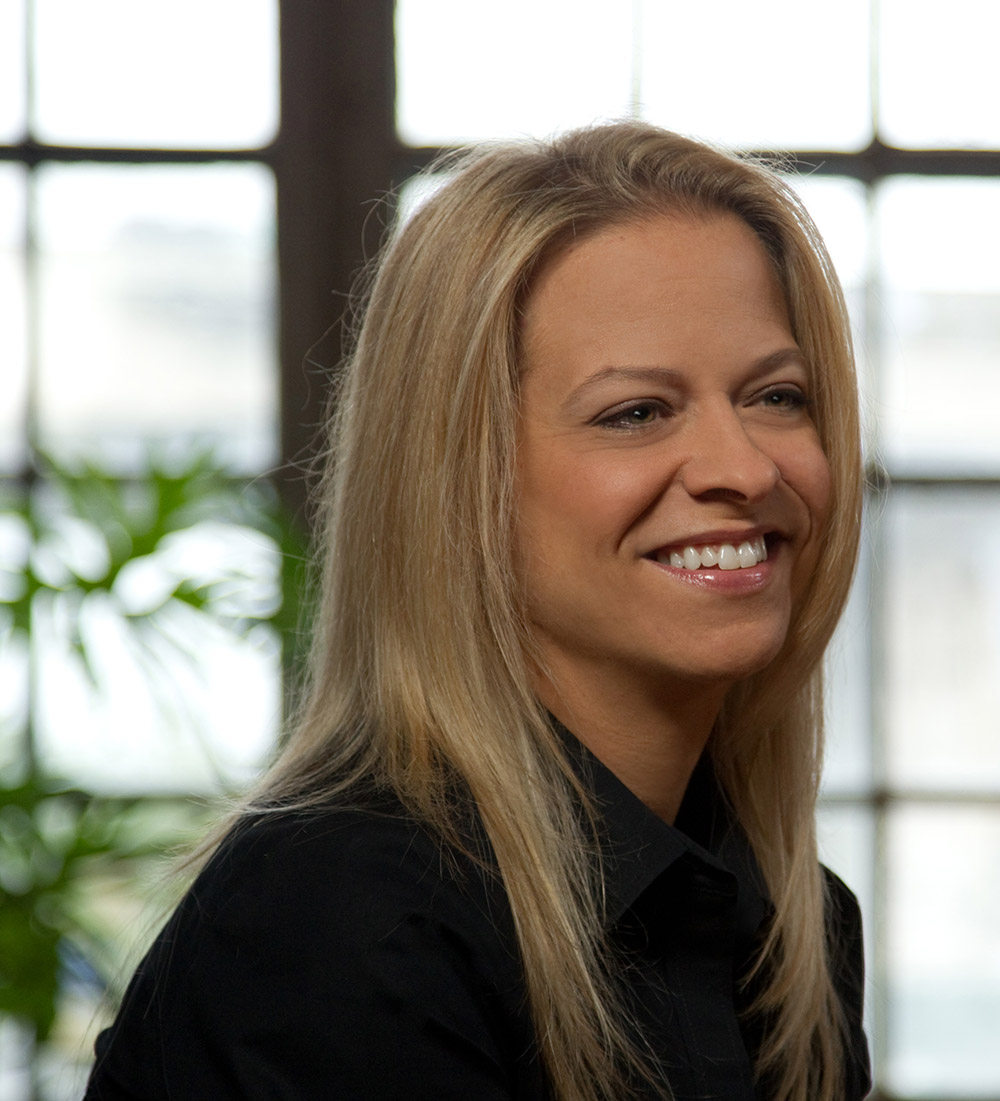“Nothing is as powerful as an idea who’s time has come” Victor Hugo repeated by Mick Cornett, Mayor of Oklahoma City, USA Quo Vadis Real Estate Management recently attended the Urban Futures International Conference in Graz, Austria, to see what we could learn from Global leaders to help restore Montreal as an economic leader. Hosted by the City of Graz, the conference was attended by 1,600 people consisting of 160 nationalities and 100 religions from 51 cities around the world to discuss how cities can stimulate their economies while addressing global warming, civic engagement and sharing best practices. We should have known things would get interesting as we walked the city on the first day and noticed that cyclists and pedestrians outnumbered the cars in the city, and that most of Graz historic town centre was off limits to cars and accessible only by public transportation. The Urban Futures opening address spoke about conflicting and outdated urban planning policies by city officials, willingness to work to create strong policies and leadership and having elected officials work with city administrators and real estate developers, all toward changes in completed projects that showcase improved quality of life. Most cities have seen change in their original core economic activity and have now been put in a situation of reduced business in key sectors, reduced employment and reduced government spending on public education. Cities often were built on geographic benefits and access to ports for shipping goods. The rise and fall of industrialization and the manufacturing boom and bust have meant industry has left the city to go to other parts of the world where labour is cheaper. Cities now need to invest in human capital while providing attractive liveable cities that draw in skilled labour and investment so they can keep to their our core activity: building viable real estate projects. We need a vibrant city to keep our best companies here and attract new human capital to build more projects for. The main lines of Urban Futures are actually quite simple. Here they are: We saw presentations from Bogota where massive changes to their public transportation system including bike paths, reduced crime and environmental damage, and saw a huge upturn in their economy. We heard Rotterdam speak of their democratization and having a huge boom of social entrepreneurs (companies that are profitable yet also address social initiatives – a growing movement around the world, with high yields). Nordic leaders have created successful urban planning tools that look at different options to invest in start ups and eco systems to grow the companies that will buy future real estate. The European Commission has created research to develop new urban planning tools that are shared across nations who foster smart and forward thinkers who implement change beyond their next election opportunities. Krakow is investing heavily in green infrastructure to differentiate itself and promote development. Seville is building a cross-city network of bike paths as connectors. Copenhagen is the most successful city when it comes to these new urban models where the quality of life of its citizens has translated into higher salaries, low unemployment and huge returns on real estate development. Lipor in Portugal has moved from a linear to a circular economy and pushes sustainable procurement on the city level that has created economic opportunity. Vienna is pushing walkability as its key for sustainable development, by putting needs of its citizens in the centre of their decision making policies. City after city are showing examples that these new modes of urban planning are happening and are paying off. We can all be city changers. The Mayor of Oklahoma City, Mick Cornett, is a great example. He was a sports announcer before he ran for mayor after his city was gripped with disaster and a declining economy. He is now the only mayor in the city’s history to be re-elected for a third term. He has re-launched his town as the Renaissance City and invested heavily in sustainable practices to build on political capital. Mayor Cornett reminded the crowd that the few that oppose you propose change may suffer from “Not In My Backyard Syndrome” and they will show up to all meetings, but you need to get the many people who are positively affected by new policies to rebuild the city to show their support. Nothing is as powerful as an idea whose time has come. We must embrace a wider range of stakeholders who invest in human capital, create the innovation needed to fuel economic investment with a collaborative system change approach to urban inclusive planning. Montreal can be a leader in livable, walkable cities to capitalize on our dynamic culture, restaurants, universities and innovative businesses. We can all have bigger returns for our real estate investments if we invest together in our city. I’m ready. What are you waiting for?



























